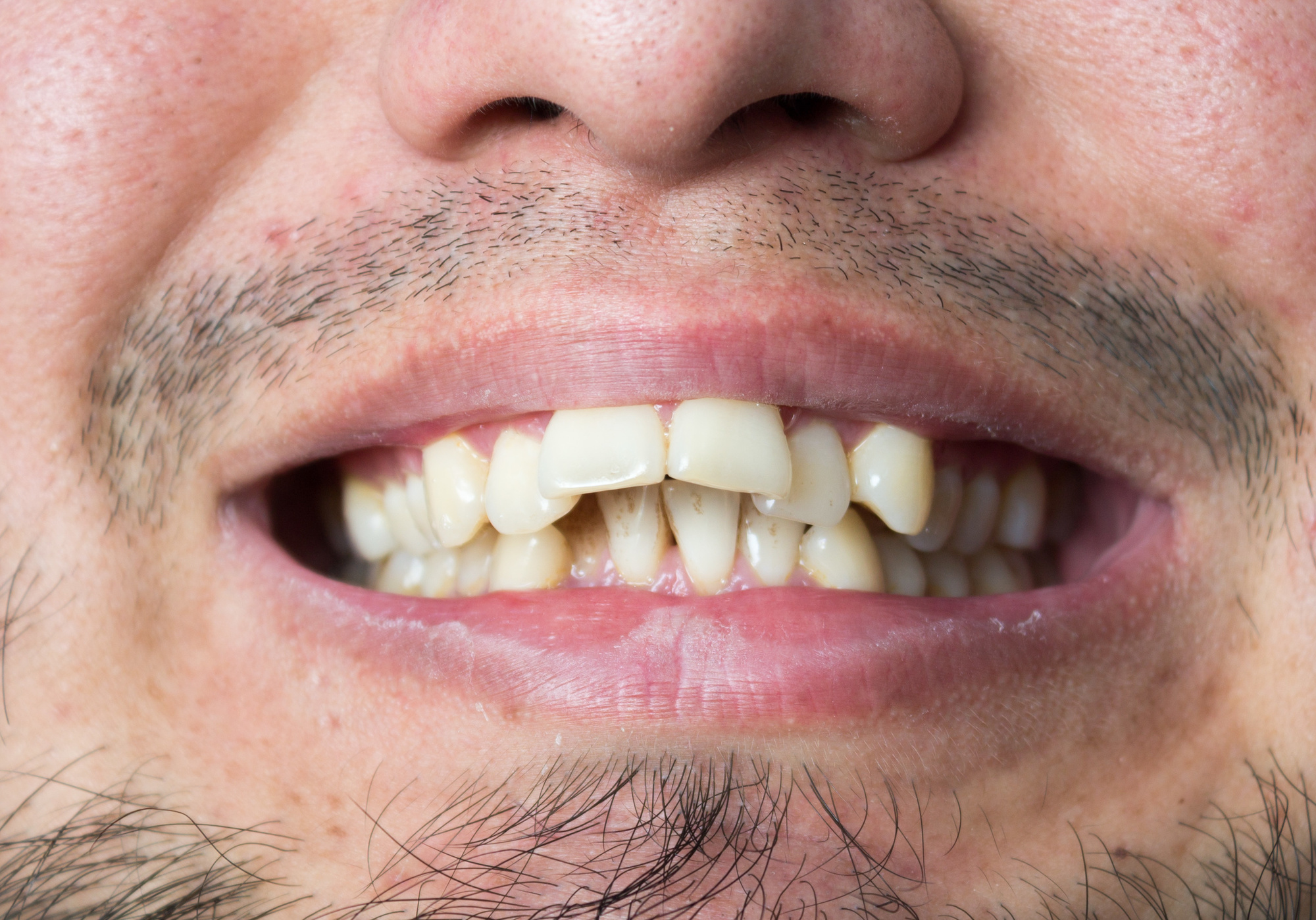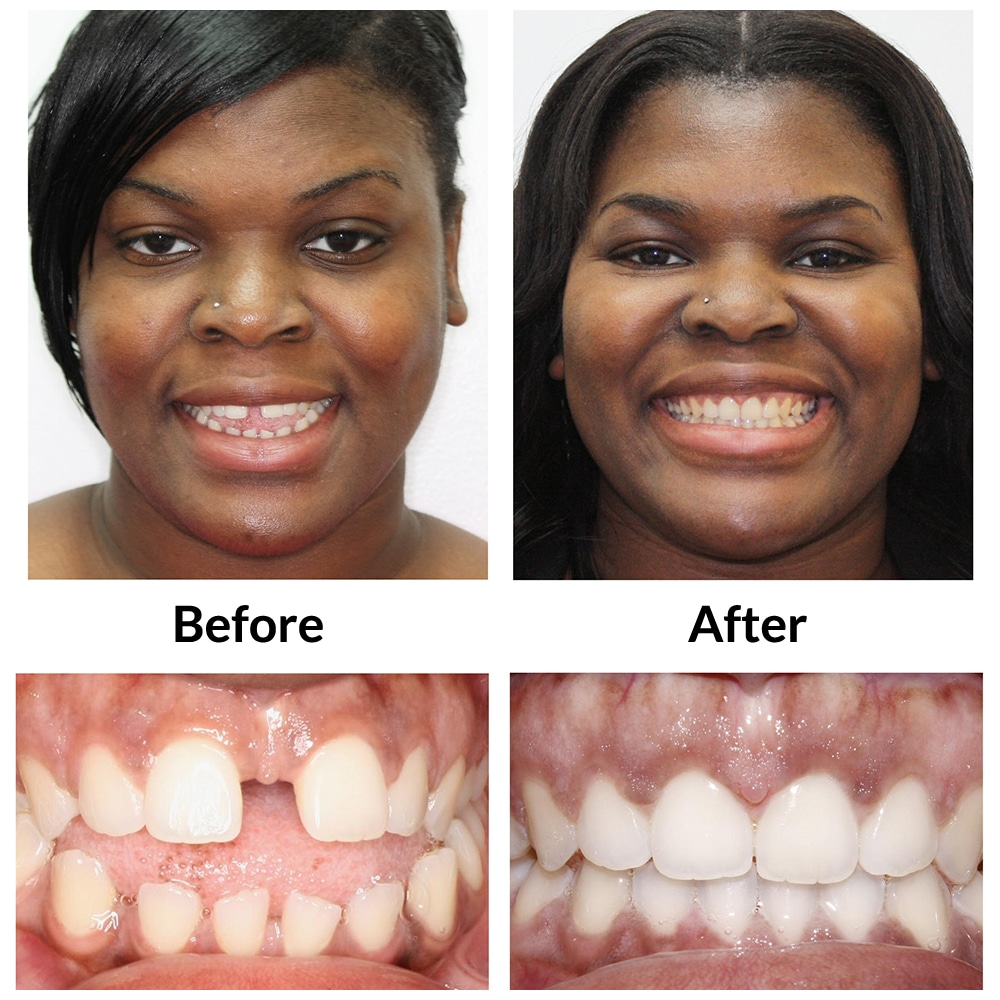The Ultimate Contrast: Invisalign vs. Traditional Dental braces for Grownups
The Ultimate Contrast: Invisalign vs. Traditional Dental braces for Grownups
Blog Article
Invisalign vs. Conventional Braces: Which Option Is Right for You?
When taking into consideration orthodontic treatment, the selection between Invisalign and standard dental braces offers several crucial factors that warrant mindful evaluation. Invisalign uses a very discreet choice with detachable aligners, while standard dental braces offer a much more visible yet efficient remedy for serious imbalance.
Overview of Treatment Alternatives

In contrast, typical braces include steel braces and cords that are bonded to the teeth. This technique applies continual stress over time to attain placement. While effective for intricate orthodontic concerns, traditional dental braces call for regular check outs for adjustments and can pose obstacles in maintaining dental hygiene as a result of the trouble of cleansing around wires and brackets.
Both options have their benefits, and the option frequently pivots on certain dental problems, way of life choices, and client conformity. Inevitably, getting in touch with an orthodontic professional is crucial for identifying the most ideal treatment strategy customized to individual requirements. Comprehending the subtleties of each option can substantially influence the general success of orthodontic therapy.
Aesthetic Considerations
A considerable aspect affecting the option in between Invisalign and typical braces is the aesthetic charm each treatment offers. Invisalign aligners are crafted from clear plastic, making them practically undetectable when used.
In contrast, standard braces include metal braces and wires, which can be extra visible. While improvements in orthodontic modern technology have caused the advancement of smaller brackets and tinted elastics, traditional dental braces still preserve a more obvious profile. For some people, the exposure of braces might discourage them from looking for required therapy.
Ultimately, the option between Invisalign and standard braces may depend upon personal preferences pertaining to appearances. Individuals who prioritize discernment frequently favor Invisalign, while those that are less worried concerning visibility might decide for traditional braces. Recognizing the aesthetic effects of each option is critical for making an informed decision that lines up with one's way of living and preferences.
Convenience and Convenience

In regards to ease, Invisalign aligners are detachable, allowing patients to appreciate their preferred foods without limitation and maintain optimum dental hygiene. Brushing and flossing are simplified, as the aligners can be secured during these regimens, whereas standard braces require mindful steering around braces and cables.
In addition, Invisalign's modern system enables less orthodontic brows through. People generally obtain several sets of aligners simultaneously, which can enhance the treatment procedure and reduce time invested in the orthodontist's chair. On the other hand, typical braces demand routine changes, making them less hassle-free for those with hectic schedules. Invisalign. On the whole, the comfort and ease of Invisalign make it an attractive selection for numerous people seeking orthodontic therapy.
Treatment Duration and Performance
While both Invisalign and conventional dental braces work in remedying oral imbalances, the duration of therapy can differ considerably between both alternatives. Commonly, Invisalign therapy can take anywhere from 12 to 18 months, depending upon the complexity of the situation. The clear aligners work by slowly moving teeth right into Read More Here their wanted positions, and regular follow-ups with an orthodontist assistance make sure progression continues to be on track.
On the other hand, typical dental braces frequently need a longer commitment, normally varying from 18 months to 3 years. This results from their set nature and using wires and braces, which can be more effective for intricate instances and extreme imbalances (Invisalign). The treatment effectiveness of traditional dental braces is well-documented, as they enable exact modifications and higher control over tooth motion
Eventually, the option between Invisalign and conventional dental braces might depend upon both the expected treatment duration and the specific oral concerns handy. Consulting with an orthodontist is essential, as they can provide tailored referrals based upon specific requirements, making sure the selected technique lines up with desired outcomes and durations.
Price Contrast and Insurance Coverage Choices
Cost plays a significant duty in the decision-making process for individuals considering orthodontic therapy, whether choosing Invisalign or conventional dental braces. On standard, the expense of Invisalign arrays from $3,000 to $8,000, while standard braces generally set you back between $2,000 and $6,000. Factors affecting these costs consist of the complexity of the instance, the duration of therapy, and geographical place.
Insurance protection can considerably influence out-of-pocket expenses. Several dental insurance strategies offer partial coverage for orthodontic treatments, yet the specifics can vary extensively. It is important for people to examine their insurance coverage to establish the extent of insurance coverage for either option. Normally, typical braces might be more frequently covered by insurance policy strategies compared to Invisalign, which some insurers classify as a cosmetic procedure.
In addition, numerous orthodontic techniques offer flexible repayment plans, making both treatment choices extra available. Individuals must make inquiries concerning potential financing options and discount rates for in advance repayments. Examining the overall expense, consisting of insurance policy click this advantages and layaway plan, is necessary for making an educated choice that straightens with both visual choices and spending plan considerations.

Verdict
In recap, the selection in click here to find out more between Invisalign and standard braces rests on several factors, consisting of aesthetic preferences, convenience, therapy period, and price. Invisalign supplies a very discreet, removable option that helps with oral health and nutritional versatility, while traditional dental braces might be preferable for intricate oral problems and typically come at a lower cost factor. Inevitably, assessment with an orthodontist is vital to assess specific scenarios and identify the most proper treatment alternative for accomplishing optimal oral alignment.
When taking into consideration orthodontic treatment, the choice in between Invisalign and conventional dental braces provides several crucial elements that warrant cautious examination.Comparing Invisalign and typical braces discloses unique therapy choices for orthodontic correction.While both Invisalign and typical braces are effective in correcting dental imbalances, the duration of therapy can vary significantly in between the 2 choices.Cost plays a substantial role in the decision-making procedure for people thinking about orthodontic therapy, whether opting for Invisalign or typical braces.In recap, the selection between Invisalign and typical braces pivots on multiple aspects, including visual choices, comfort, treatment period, and price.
Report this page